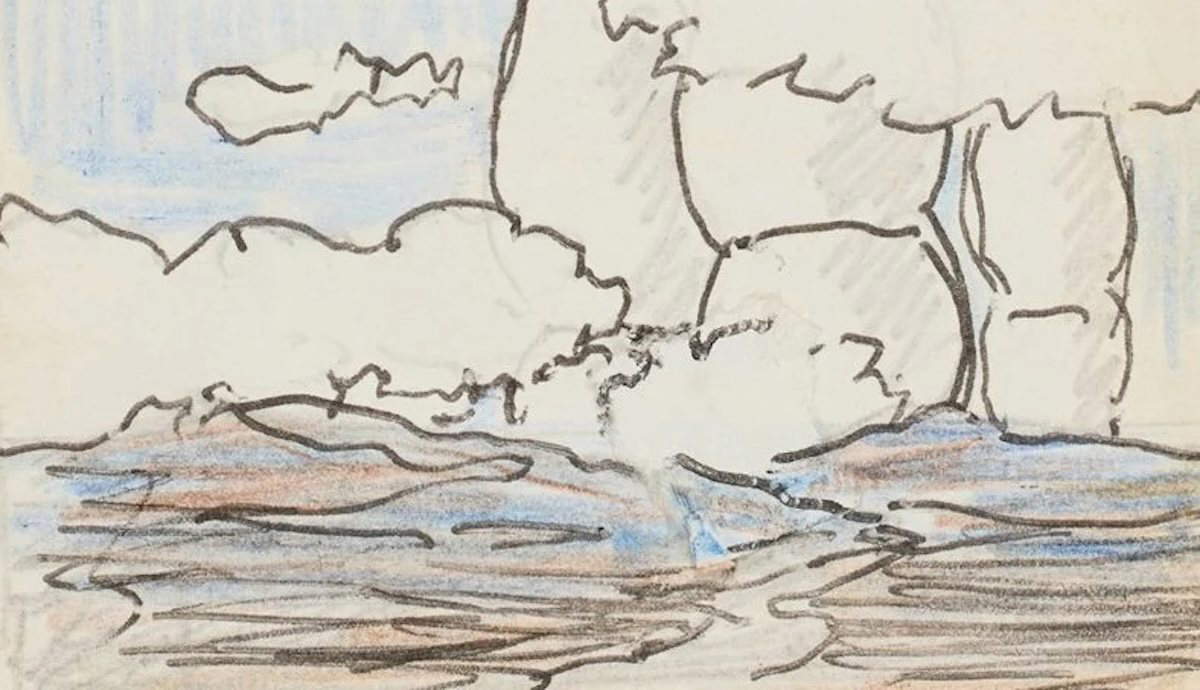
The recent discovery of King Thutmose II’s long-lost royal tomb has been touted as Egypt’s most impressive archaeological find since King Tut. Now, just days later, the same archaeologists say there is a yet-undiscovered second tomb of Thutmose II located nearby.
The Royal Burial of Thutmose II

Last week, Egypt announced the discovery of King Thutmose II’s lost tomb. Like other pharaohs of Egypt’s 18th Dynasty, he had originally been buried behind a waterfall. His rock-cut tomb is situated in the Theban mountains in Luxor near the Valley of the Kings. However, the joint British-Egyptian archaeological team believes that, due to flooding, the first tomb was emptied just a few years after the pharaoh’s death. While unearthing the tomb, they found an inscription that indicates its contents were moved to a hidden second tomb nearby. Besides a few notable artifacts, the tomb contained almost nothing but debris.
British archaeologist Piers Litherland pointed out to The Observer that there are troves of grave goods from the ransacked royal tombs of the 18th Dynasty in museums but that “there are no burial goods of any sort relating to the burial of Thutmose II in any museum or private collection.” A second tomb may reveal these missing pieces.
A Second Tomb May Lie Beneath Man-Made Rock Layers

The archaeological team believes a second tomb belonging to King Thutmose II is located near the first, lying beneath a 75-foot pile of limestone, ash, rubble, and mud plaster. This pile was man-made and intentionally designed to resemble part of the landscape. This would have protected the tomb and concealed its location from robbers. According to Litherland, this “pile of man-made layers [is] sitting above a point in the landscape where we believe—and we have other confirmatory evidence—there is a monument concealed beneath.” He added, “The best candidate for what is hidden underneath this enormously expensive, in terms of effort, pile is the second tomb of Thutmose II.”
To investigate the second tomb, archaeologists have to excavate the 3,500-year-old layers of rock and plaster that surround it. The team decided to remove the entire structure, which juts out from the cliff. They are now working to detach the rocks and plaster by hand. Litherland explained, “We’ve tried to tunnel into it, we’ve tried to shave away the sides, but there are overhanging rocks, so it’s too dangerous,” Litherland said. “We should be able to take the whole thing down in about another month.”
Where Is the Mummy of King Thutmose II?

Litherland told The Observer that he suspects to find Thutmose II’s mummified body at the second site. The mummified remains of a 30-year-old, discovered in 1881, were previously identified as Thutmose II. They were unearthed at the Deir el-Bahri Cache above the Mortuary Temple of Hatshepsut, Thutmose II’s wife and half-sister. The mummy is currently on display at the National Museum of Egyptian Civilization and is labeled as that of Thutmose II. However, some Egyptologists believe this mummy was misidentified, Litherland among them. He expressed excitement at the prospect of finding the pharaoh’s real remains. “You dream about such things,” he said. “But like winning the lottery, you never believe it will happen to you.”









